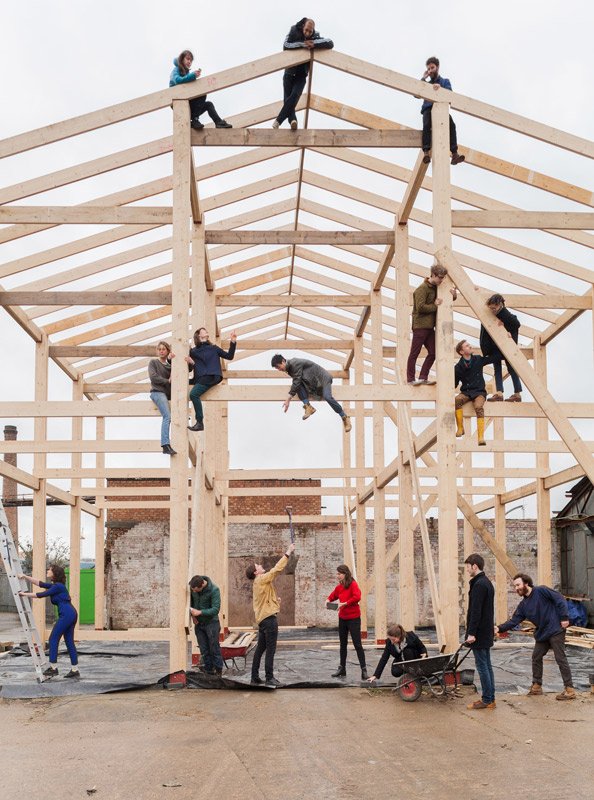Lasch has used the term “socially engaged art” on numerous occasions throughout his Art of the MOOC series. What exactly is socially engaged art and how does it relate to activism? According to the Tate Exhibition, socially engaged art includes any art form which involves people and communities in debate, collaboration, or social interaction. This art form can often be organized as the result of an outreach program, but many independent artists also use it within their works. The key element of socially engaged art is participation, as the collaborative act of creating art often holds more importance than the artwork itself. This claim is evident in Rirkrit Tiravanija’s project “Untitled Free” where he made pad thai in a gallery.
Socially engaged art can be associated with activism because it usually deals with political issues. Artists who work in this field tend to spend much time integrating into a specific community which they wish to help or educate. An artist’s aim could be to support a community working towards a common goal, raise awareness, encourage conservation on particular issues, or perhaps improve their physical conditions. The term “socially engaged art” is quite vague, but one can look at the 2015 winner of the Turner Prize, Assemble, as an ideal example to artists using their work to collaborate with others to reach a shared goal.


